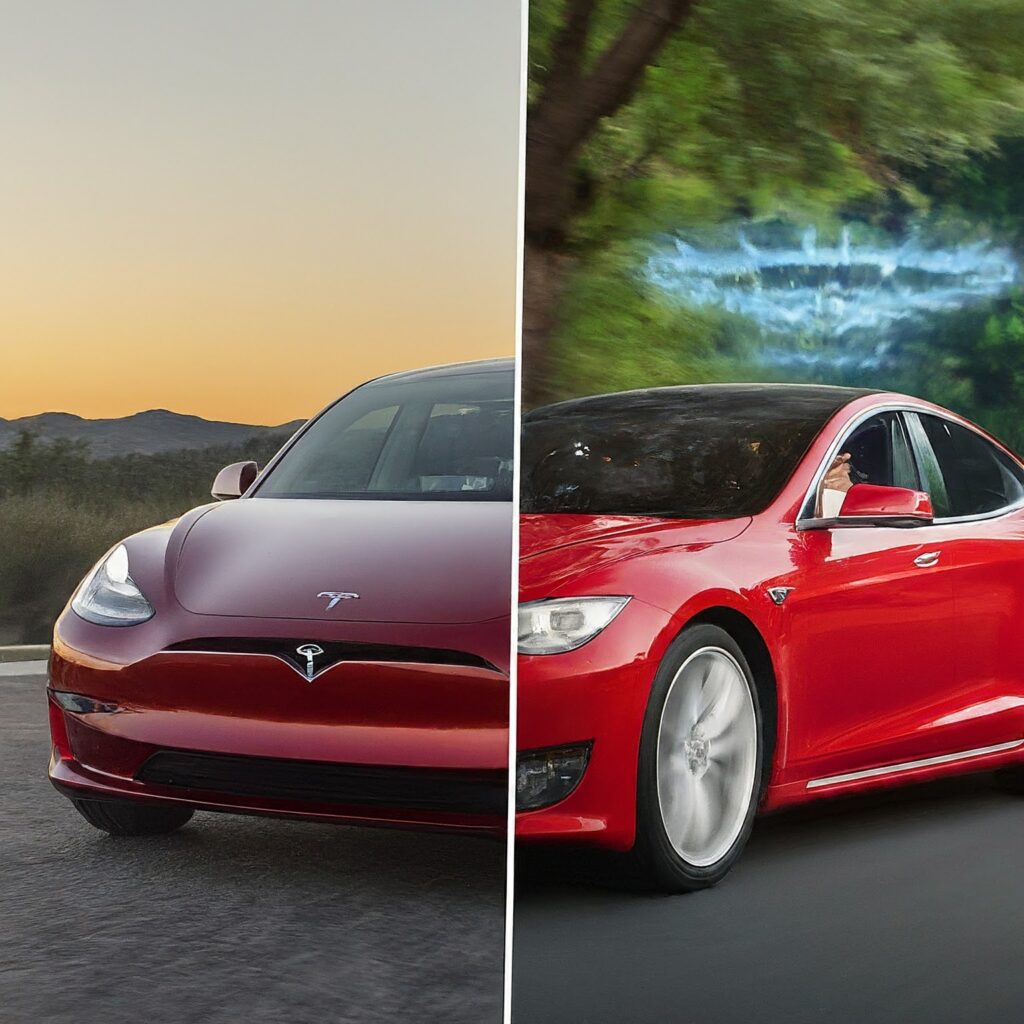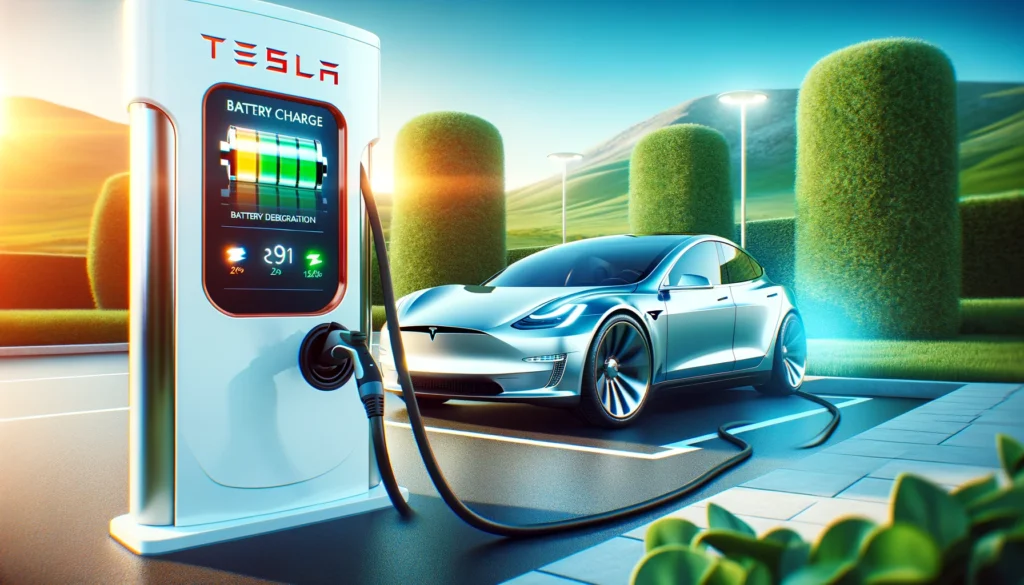
Hold on to your steering wheels (for now!), because Tesla has just dropped a game-changer in the autonomous driving industry. Their Full Self-Driving (FSD) Beta v12 update marks a significant leap forward, ditching traditional programming for a cutting-edge neural network approach.
This article is all about Tesla’s Neural Network FSD, exploring how it works, its potential benefits, and what it means for the future of self-driving cars. So, buckle up and get ready to see how Tesla is redefining the way we drive.
What is Neural Network FSD?
Neural networks are a type of artificial intelligence (AI) inspired by the human brain. They consist of interconnected nodes that process information just like neurons. In Tesla’s case, the Neural Network FSD replaces hand-coded rules with a system that learns and adapts through real-world data.
Here’s a breakdown of how it works:
- Data Collection: Tesla vehicles equipped with Autopilot gather massive amounts of anonymized data from their surroundings using cameras.
- Training the Network: This data is then fed into the neural network, which analyzes it and learns to identify objects, predict traffic flow, and make driving decisions.
- Real-Time Decision Making: Once trained, the neural network processes live camera footage directly, translating it into driving actions like steering, braking, and acceleration.
This approach offers several advantages:
- Adaptability: Unlike traditional programming, neural networks can continuously learn and improve with new data.
- Nuance: They can handle complex situations that might be difficult to code for explicitly.
- Efficiency: The system can potentially react faster and more precisely than human drivers.
Understanding Tesla’s Full Self-Driving Technology
Before we dive deep into the specifics, let’s get a grip on what Full Self-Driving really means. At its core, FSD is a suite of advanced driver-assistance systems (ADAS) powered by cutting-edge neural network technology. This system enables a Tesla vehicle to navigate urban streets, highways, and even parking lots with minimal human intervention.
The Role of Neural Networks in FSD
Neural networks, inspired by the human brain, are at the heart of Tesla’s FSD technology. They allow the system to learn from vast amounts of data, making real-time decisions that mimic human reasoning. This is why Tesla’s approach is not just about automation but about creating a smarter, safer driving experience.
What’s New in the Latest FSD Release?
The latest iteration of Tesla’s Full Self-Driving feature brings several enhancements that push the boundaries of what autonomous vehicles can do. These improvements include:
- Enhanced Decision Making: Thanks to advancements in neural network algorithms, the FSD can now make more nuanced decisions in complex driving scenarios.
- Better Object Recognition: The system’s ability to identify and react to objects, pedestrians, and other vehicles has been significantly upgraded.
- Increased Autonomy in Urban Areas: With the new update, navigating through city streets and responding to traffic signals and road signs have become smoother and more reliable.
Step-by-Step Guide to Activating FSD
Activating Tesla’s Full Self-Driving feature is a straightforward process. Follow these steps to unleash the full potential of your Tesla:
- Ensure Your Tesla is Compatible: Check that your vehicle is equipped with the necessary hardware for FSD. Most models produced after mid-2019 should be compatible.
- Purchase the FSD Package: If you haven’t already, purchase the FSD package through the Tesla app or website.
- Download the Latest Software Update: Once purchased, your vehicle will receive a software update that includes the FSD feature. Ensure your Tesla is connected to Wi-Fi to download the update.
- Activate FSD Mode: After the update, you can activate FSD mode through the vehicle’s touchscreen. Navigate to the ‘Autopilot’ settings, and select ‘Full Self-Driving Beta’ to enable it.
Important Terms and Phrases
- Tesla Autopilot: A precursor to FSD, providing basic ADAS features like adaptive cruise control and lane-keeping assistance. Learn More
- Neural Network: A set of algorithms modeled after the human brain that helps computers learn from data. Learn More
- ADAS: Advanced Driver-Assistance Systems enhance vehicle safety through automation and adaptive technologies. Learn More
Why Should You Consider Tesla’s Full Self-Driving Feature?
The benefits of Tesla’s Full Self-Driving technology extend far beyond the convenience of automation. Here are compelling reasons to consider upgrading your Tesla experience:
- Enhanced Safety: With its superior object detection and decision-making capabilities, FSD can reduce the chances of accidents caused by human error.
- Stress-Free Commutes: Imagine cruising to your destination while reading a book or catching up on emails. FSD turns this dream into reality.
- Future-Proof Your Tesla: As Tesla continues to refine its neural network and software, your vehicle’s capabilities will only expand over time, ensuring it stays at the cutting edge of technology.
Is Neural Network FSD Ready for Everyone?
It’s important to manage expectations. The Neural Network FSD is currently in beta testing, meaning it’s still under development. Here are some key points to remember:
- Limited Availability: The FSD feature is currently an add-on purchase for Tesla vehicles and is only available to a select group of users.
- Driver Supervision Required: Even with FSD, drivers must remain attentive and ready to take control when necessary. FSD is classified as a Level 2 driver-assistance system on the SAE J3016 scale, meaning it does not offer full autonomy.
- Regulatory Hurdles: Widespread adoption of self-driving cars still faces legal and regulatory challenges.
The Road Ahead: The Future of Tesla’s Neural Network FSD
The introduction of the Neural Network FSD marks a significant step towards truly autonomous driving. While there’s still a road ahead, Tesla’s approach offers a glimpse into a future where our cars handle the driving, freeing us up for other activities.
Here’s what we can expect in the coming years:
- Continuous Improvement: As Tesla gathers more data and refines its neural networks, the FSD system should become more capable and reliable.
- Expansion of Features: Future updates might include the ability to handle more complex driving scenarios like navigating city streets or highways.
- Regulatory Developments: As technology advances, governments will likely introduce regulations to govern the safe operation of self-driving vehicles.
Tesla’s Neural Network FSD is a significant development in the autonomous driving landscape. While not a fully self-driving car yet, it represents a major step towards a future where our cars handle the mundane task of driving, allowing us to focus on what truly matters.
Taking the Leap
If you’re on the fence about purchasing the FSD feature, consider the long-term benefits. Not only does it enhance your driving experience today, but it also adds value to your vehicle by ensuring it remains at the forefront of automotive technology.
In conclusion, Tesla’s neural network Full Self-Driving feature is a testament to the company’s commitment to innovation, safety, and the pursuit of a fully autonomous future. Whether you’re a tech enthusiast, a safety-conscious parent, or simply someone who appreciates the finer things in life, Tesla’s FSD is an investment worth considering.


